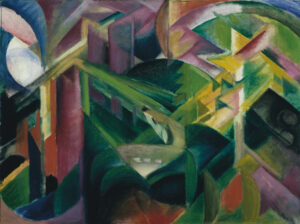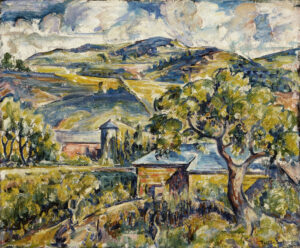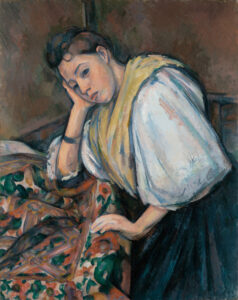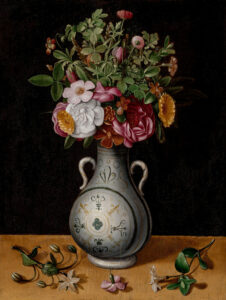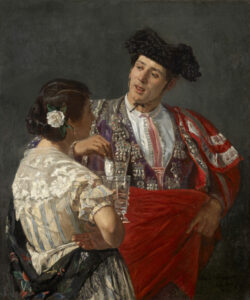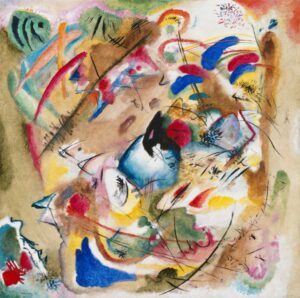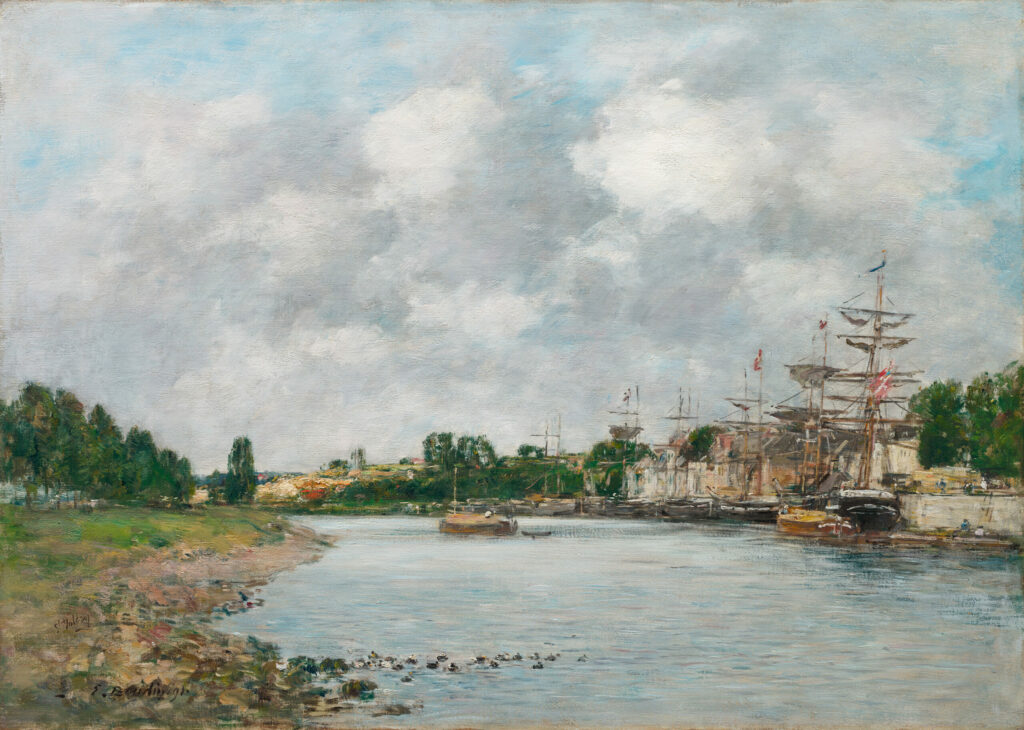
This oil painting exemplifies Boudin’s proto-Impressionist technique applied to harbor scenes.
The composition unfolds across three distinct planes: the sandy shoreline with ochre and green tones scattered with pebbles in the foreground; the calm waters of the Somme River reflecting the cloudy sky in the middle ground; and the port architecture with moored vessels in the background.
Boudin employs a restrained palette dominated by nuanced grays that occupy two-thirds of the canvas—a hallmark of his atmospheric studies. Light impasto and loose brushwork reveal direct observation en plein air. The vertical rhythm of the masts creates graphic contrast against the composition’s prevailing horizontality.
Further informations
- View of the Port of Saint-Valery-sur-Somme, 1891, Eugène Boudin
- Oil on canvas
- 45.2 × 64 cm (17 13/16 × 25 3/16 in.)
- The Cleveland Museum of Art
- https://www.clevelandart.org/art/2010.23
Considered the precursor to Impressionism, Eugène Boudin (1824-1898) revolutionized landscape painting through systematic outdoor practice. Initially trained as a frame-maker in Le Havre, he devoted himself to painting after encountering Constant Troyon and Jean-Baptiste Isabey. His oeuvre of over 4,000 works focuses primarily on Norman seascapes and beach scenes from Trouville to Étretat.
Boudin developed a distinctive technique for capturing atmospheric effects, applying pure color in free, spontaneous touches. This innovative approach directly influenced Claude Monet, whom he introduced to outdoor painting in 1858. Corot called him the “king of skies.” His artistic legacy proved fundamental to the evolution of modern French painting, establishing the technical and aesthetic foundations of nascent Impressionism

